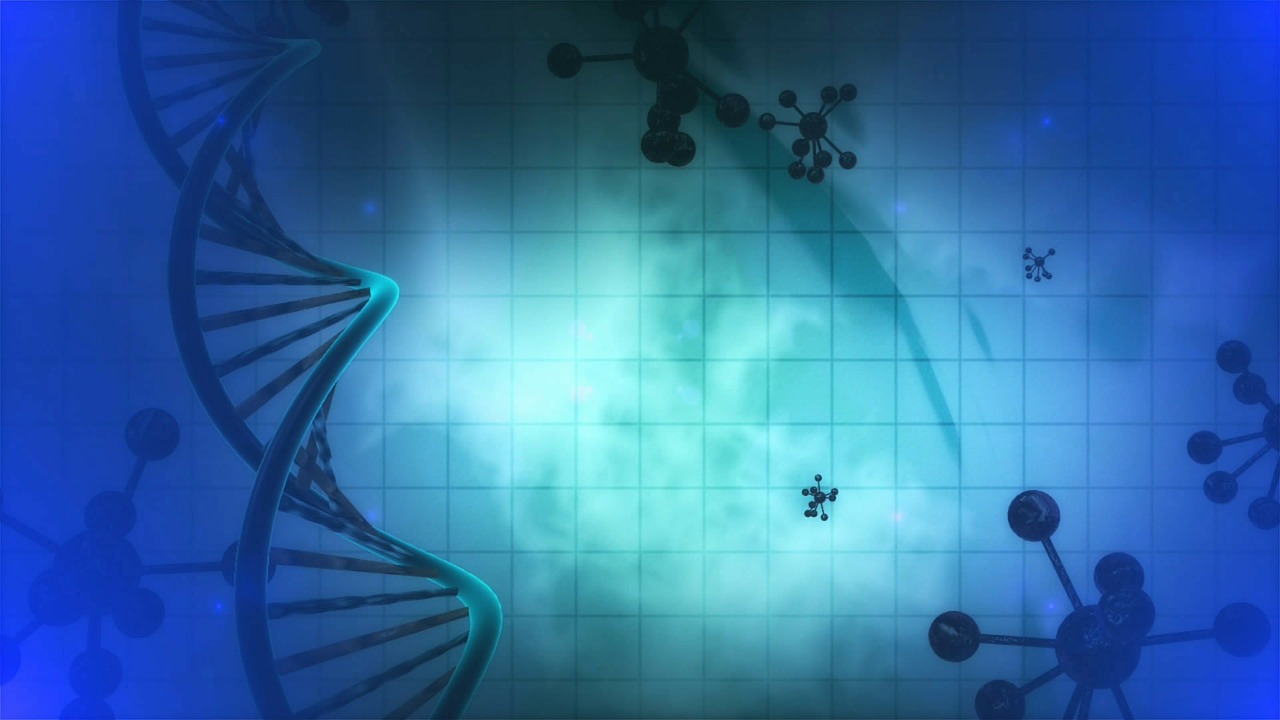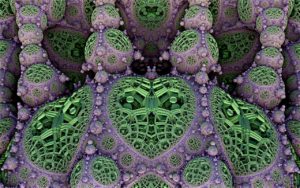Nanotechnology and the Future Cure of Leukemia
Yuuto and Misaki were a couple that hugely loved their daughter. The girl, 9 years old, was called Sara. They could still see the beauty of his features, but the Leukemia was slowly abating Sara’s resistance. To the point of the couple, in spite of their dedication and intense fight for the life of the daughter, to be very much dejected. They meditated all the time for serenity, but it was hard to keep. It was no longer a question of what they could do, but how long the daughter would go through that suffering. Gradually they lost the notion of what would be best, and only stayed with the girl, who tried to be angry and smile whenever she could to the parents.
It was the year 2064, and it seemed that the treatment of cancer walked, but at a slower rate than other types, it was the treatment of Leukemias.
At that time, chemotherapy and various ancillary treatments had failed. The case of Sara was known many places in the world and the community of medicine in research centers also tried to help. At that time, a foreign doctor, Dr. Nguyen contacted Yuuto and offered a revolutionary treatment, which had not yet been tested with great success but which offered no collateral danger. After understanding the basics of treatment, Yuuto and Misaki even accepted their despair and trusted the good reputation of Dr. Nguyen’s research center.
The treatment would be given the very day Dr. Nguyen arrived, after some initial examinations in Sara, but there would still be an explanation of the treatment, when it was something untested in patients of that kind, in a very critical situation, since there was a risk still to run.
In spite of the high technology involved, the team did not bring so much equipment and Dr. Nguyen said that there was a whole wide sector installed in the Research Center that took care of this research, with more than 100 people involved.
As the team began the exams, Dr. Nguyen opened a presentation on his tablet to explain to the couple how the treatment would be.
The treatment line was all based on Nanotechnology. Treatments of this type were no longer new at that time and several diseases had been controlled in this way. But there was a new factor in the treatment.
Dr. Nguyen explained how the cancer process occurred, where the life cycle of the marrow cells was changed. In the process of that leukemia, what was called oncogenesis occurred, that is, mutations occurred at specific points in the DNA of cells, which resulted in a greatly increased proliferation of abnormal cells. This, in turn, led to a decline in the production of lymphocytes, red blood cells, and platelets, generating acutely that devastating effect on Sara.
This process was specifically given in the RAS gene mutation at the early life cycle of these cells, and deactivated the control mechanisms of the rest of the cycle. Treatments so far focused on their first stage in chemotherapy aimed at the destruction of these abnormal cells, and more recently with nanoparticles indicated in some treatments in the identification and destruction with nano-materials, which were more successful with some types of cancer, but less with leukemia.
Dr. Nguyen tried to explain as simple and didactic as possible, without going into details that Misaki and Yuuto could not understand, even from the emotional exhaustion they suffered.
He began to explain the current treatment, really with a pioneering character. The process was not so much based on destruction of the abnormal cells.
In fact, the process focused on the early mutation of the RAS gene, which was responsible for Sara’s disease. Using the same genetic mutation identification mechanisms, the process actually introduced in this case a nanomaterial for a new mutation, just so that the rest of the life cycle of the marrow cells did not fall into the abnormal rhythm of proliferation.

The challenge of this research was to house an intelligent and adjustable real-time model of the kind of mutation required. Science had long ago mapped out the most common DNA mutations of oncogenesis, but there was no way to counteract this except through destruction.
Dr. Nguyen introduced a new category of nanoparticles in the region of the marrow, the intelligent orchestrators that combined with an external computer that maintained adjusted models, acted in order to produce the correct nanoparticles that would later induce the new mutation, only in the pre-identified cells with nanomaterials. The orchestrator had model correction mechanisms that induced the nanoparticles to act according to the success cases that were verified in loco, that is, with the test models with or without normal cells.
With the latest Genetic Engineering technology that the Research Center dominated, the nanoparticles recombined via the orchestrator’s commands and then approached the coupled nanomaterials, thus producing the new mutation in the direction of normal cells, or at least they did not induce more late to proliferation, and that would be controllable via normal cell life cycle checkpoints for proper production.
He then explained that it was indeed a “fix” of mutant cells.

Misaki asked if this could cause further harm to Sara, and Dr. Nguyen assured that there was an option to cancel the treatment by the equipment’s own command, but that the greater risk would be not to act on the cure, more than any other risk.
If successful, Sara would need periodic applications in the marrow and a longer revision of the orchestration process of the mutations. The couple looked at each other and stared at the small Sara. They decided that they had to try that, and maybe destiny reserved for Sara to be the pioneer of an innovative treatment for Leukemia.
It was still the summer of 2064, when Sara started getting better only 3 days later, after completing the various cycles of application and adjustment of the new treatment.
In 4 weeks she was discharged from the hospital.
Main Image: “LoveToTakePhotos” at pixabay.com